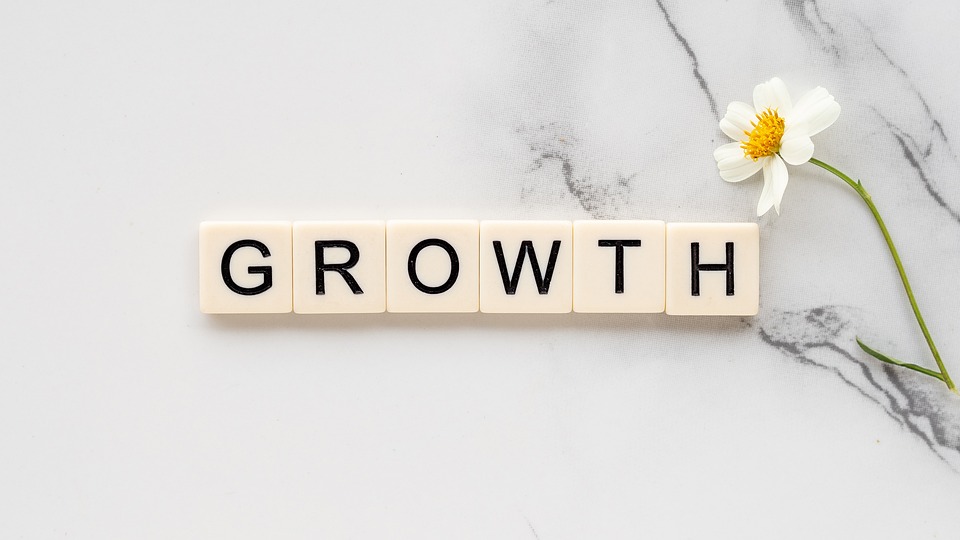Welcome to [site-title]! In our interconnected world, having a website that caters to a global audience is not just an option; it’s a necessity. Whether you’re running an e-commerce store, a news site, or a personal blog, providing your content in multiple languages can significantly enhance user experience, boost SEO, and drive more traffic to your site. In this blog, we’ll explore the best practices for multi-language website development and dive into powerful tools like WPML and Weglot that make the translation process seamless.
Why Multi-Language Websites Matter
As of 2023, over 4.9 billion people are active internet users, and that number is only growing. Whether your target audience speaks English, Spanish, Mandarin, Arabic, or any other language, creating a multi-language website opens doors to new markets and cultivates stronger connections with diverse audiences.
Benefits of a Multi-Language Website
- Broader Reach: Attract users from different linguistic backgrounds, increasing your potential customer base.
- Improved User Experience: Users are more comfortable consuming content in their native language, leading to higher engagement levels.
- Enhanced SEO: Multilingual websites can rank higher in search engines for various keywords in different languages.
- Increased Conversion Rates: Users are more likely to make purchases or engage with content when it’s presented in their preferred language.
Best Practices for Multi-Language Website Development
1. Plan Your Language Strategy
Before diving into development, consider which languages to include based on your target audience and market research. Prioritize languages that resonate with your key demographics.
2. Use Language Codes and Subdomains
Implement clear language codes (like ‘/en/’, ‘/es/’) in URLs or use subdomains (like ‘es.example.com’) to differentiate between languages. This structure not only aids in SEO but also makes it easier for users to navigate.
3. Ensure Cultural Relevance
Translation is more than just word-for-word conversion; it’s about adapting content to suit cultural contexts. Tailor your marketing messages, visuals, and even payment methods to fit the preferences and norms of different regions.
4. Provide an Easy Language Switcher
Integrate a user-friendly language switcher on your site, allowing users to choose their preferred language effortlessly. This can be a dropdown menu or flags representing different languages.
5. Focus on Localization
Invest in localization services that not only translate the text but also take into account local customs, currencies, units of measure, and other regional differences to enhance your user experience.
Tools for Seamless Translations
Building a multi-language website can seem daunting, but thankfully, there are several tools designed to simplify the process. Here’s a look at two popular options: WPML and Weglot.
WPML (WordPress Multilingual Plugin)
WPML is a powerful tool for WordPress users that enables easy creation and management of multilingual content.
Key Features:
- User-Friendly Interface: Simple and intuitive to set up, even for beginners.
- SEO Management: WPML helps you optimize your multilingual content for search engines, allowing you to create unique SEO settings for each language.
- Compatibility with Themes & Plugins: Most WordPress themes and plugins are compatible with WPML, ensuring a seamless integration process.
- Translation Management: The plugin offers a robust translation management system that allows you to assign translations to different users, making collaboration straightforward.
Weglot
Weglot is a SaaS solution that allows you to translate and manage your website content easily, regardless of the platform you are using.
Key Features:
- Instant Translation: Automatically translates your website with the option to make manual adjustments.
- No Coding Required: Easy to install with just a few clicks, suitable for various platforms including WordPress, Shopify, and more.
- SEO Friendly: Generates alternative tags for images and takes care of hreflang tags to ensure proper indexing by search engines.
- User-Friendly Dashboard: Manage translations and collaborate with translators through a clean and organized interface.
Conclusion
Creating a multi-language website is a strategic move that can significantly impact your business or project’s success in a globalized landscape. By following best practices and utilizing powerful tools like WPML and Weglot, you can ensure that your website not only reaches but resonates with diverse audiences around the world.
Are you ready to take your site to a global audience? Start planning your multilingual strategy today, and watch your users grow along with your business! For any questions or to share your own experiences in creating multilingual websites, feel free to leave a comment below.
Stay connected with [site-title] for more insights and tips on effective website development strategies. Happy translating!




